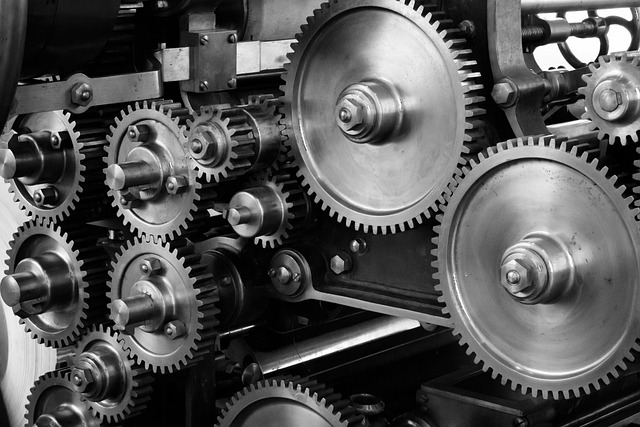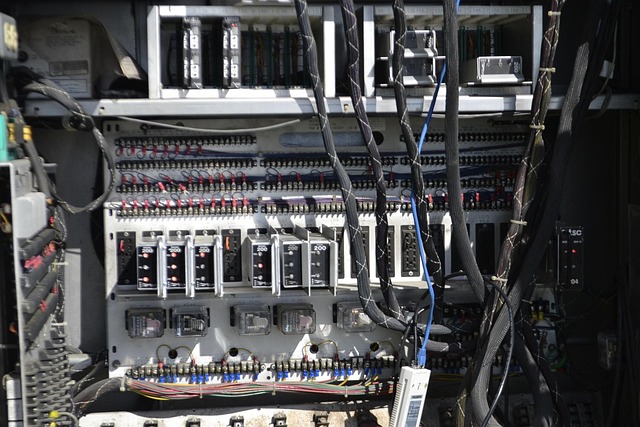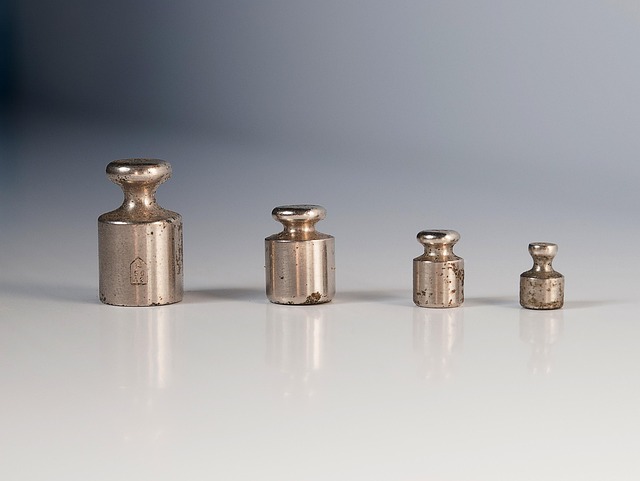Revolutionizing Hardware: The Future of Mechanical Support in Virtual Reality, Augmented Reality, and the Metaverse
As we stand on the precipice of a technological revolution, the realms of Virtual Reality (VR), Augmented Reality (AR), and the Metaverse beckon us into uncharted territories of human experience. These immersive environments are not just futuristic playgrounds but platforms where mechanical support will play a pivotal role in enhancing our interactions with digital worlds.
Understanding Mechanical Support
Mechanical support encompasses the physical components and systems that facilitate user interaction within virtual and augmented spaces. It refers to everything from the ergonomic design of controllers to sophisticated haptic feedback systems that mimic real-world sensations. As we immerse ourselves deeper into these digital landscapes, the significance of mechanical support cannot be overstated—it’s the bridge between our physical bodies and virtual experiences.
The Role of Mechanical Support in Virtual Reality
When we think about VR, we often imagine incredibly lifelike simulations that fool our senses. However, the immersion is only as deep as the mechanical support that underpins it. High-fidelity headsets, motion-tracking gloves, and body suits that respond to every movement are essential. With advancements in mechanical engineering, we can anticipate new levels of engagement in virtual environments, where every movement we make can lead to realistic interactions—be it a gentle touch or a powerful grasp.
Augmented Reality: Enhancing the Real World
AR blurs the lines between the digital and the physical world, overlaying virtual elements onto our reality. For AR to achieve its full potential, mechanical support must adapt to seamlessly integrate these elements into our everyday lives. Picture smart glasses that not only project information but also provide tactile feedback through specialized frames that react to user gestures. It’s this mechanical support that transforms AR from mere visuals into a truly interactive experience.
The Metaverse: A Unified Experience
The Metaverse represents an even greater challenge and opportunity for mechanical support. As users navigate diverse environments—be it in gaming, work meetings, or social gatherings—the equipment used must be versatile and accommodating. Imagine mechanical supports that adapt to various experiences, offering users customizable enhancements like adjustable controllers that shape themselves to fit the task at hand or omnidirectional treadmills that simulate movement through virtual landscapes. The possibilities are limitless, and as hardware continues to evolve, so too does the potential for human expression and creativity within these spaces.
The Future is Here
As we advance into this captivating future, the integration of robust mechanical support solutions will be crucial. The hardware we develop must not only cater to the technical requirements of VR, AR, and the Metaverse but also focus on user comfort, accessibility, and overall experience. It’s about creating tools that resonate with our innate desire to explore and connect, ultimately propelling humanity into a new era of innovation and interaction.
In essence, as we embrace the digital domains that lie ahead, let us remember that behind every captivating virtual experience is a world of mechanical support, diligently working to enrich our journey through the emerging landscapes of technology.




